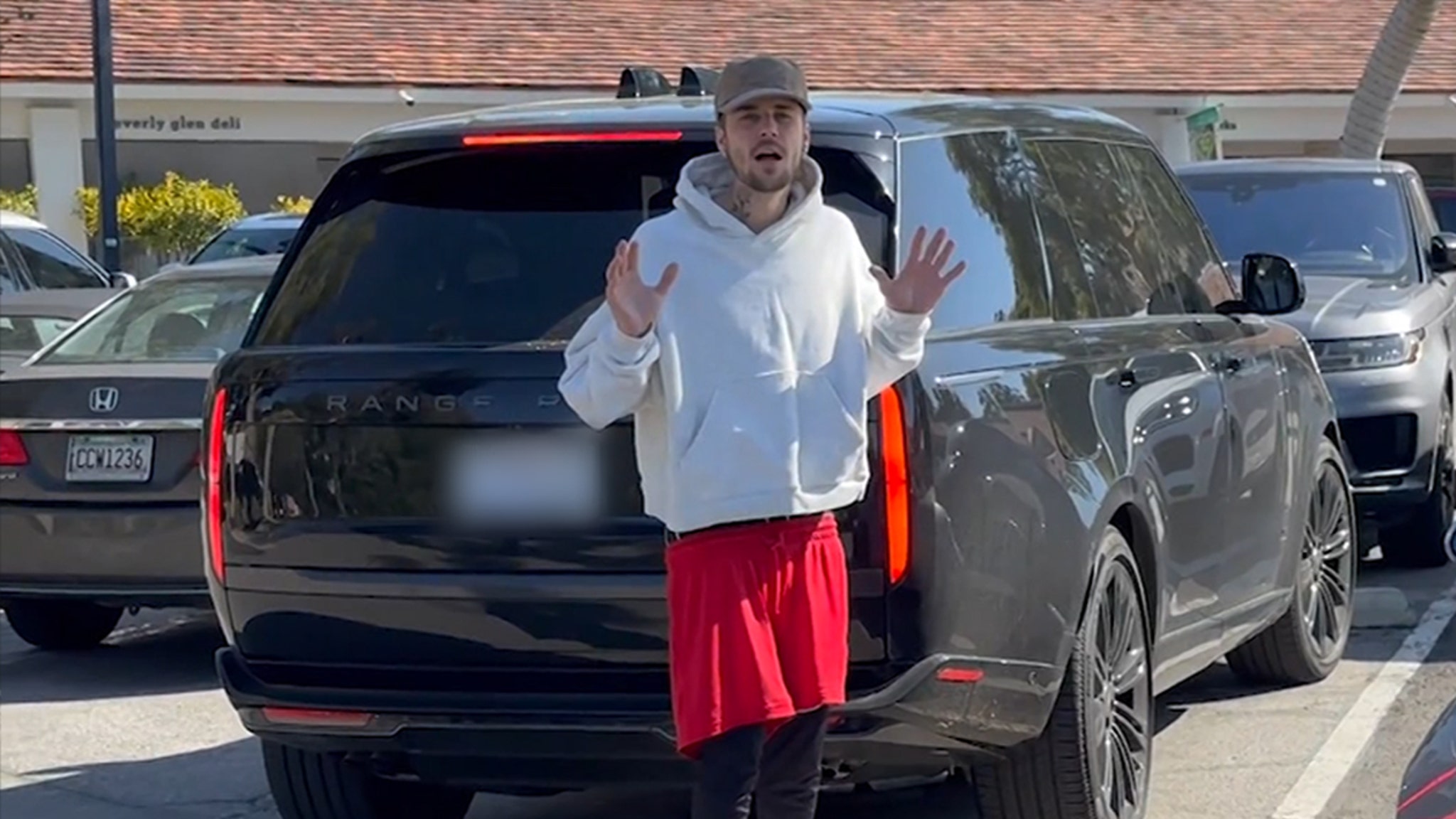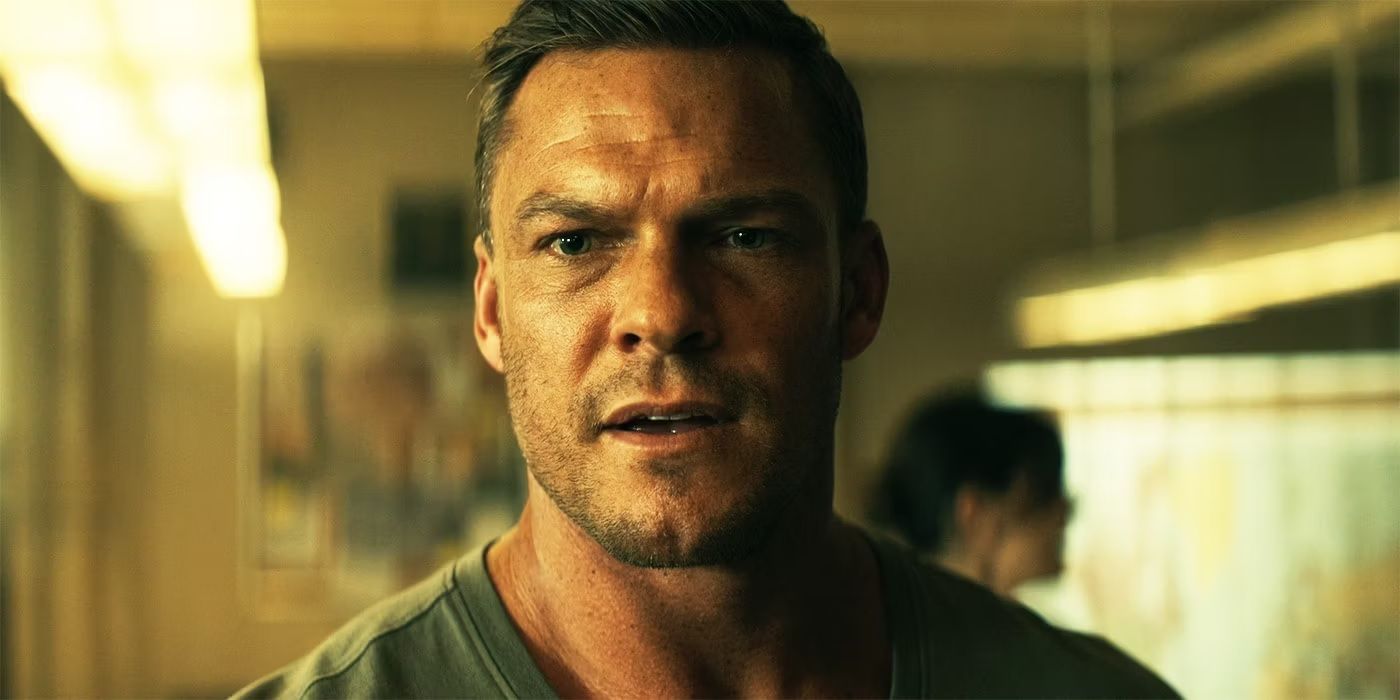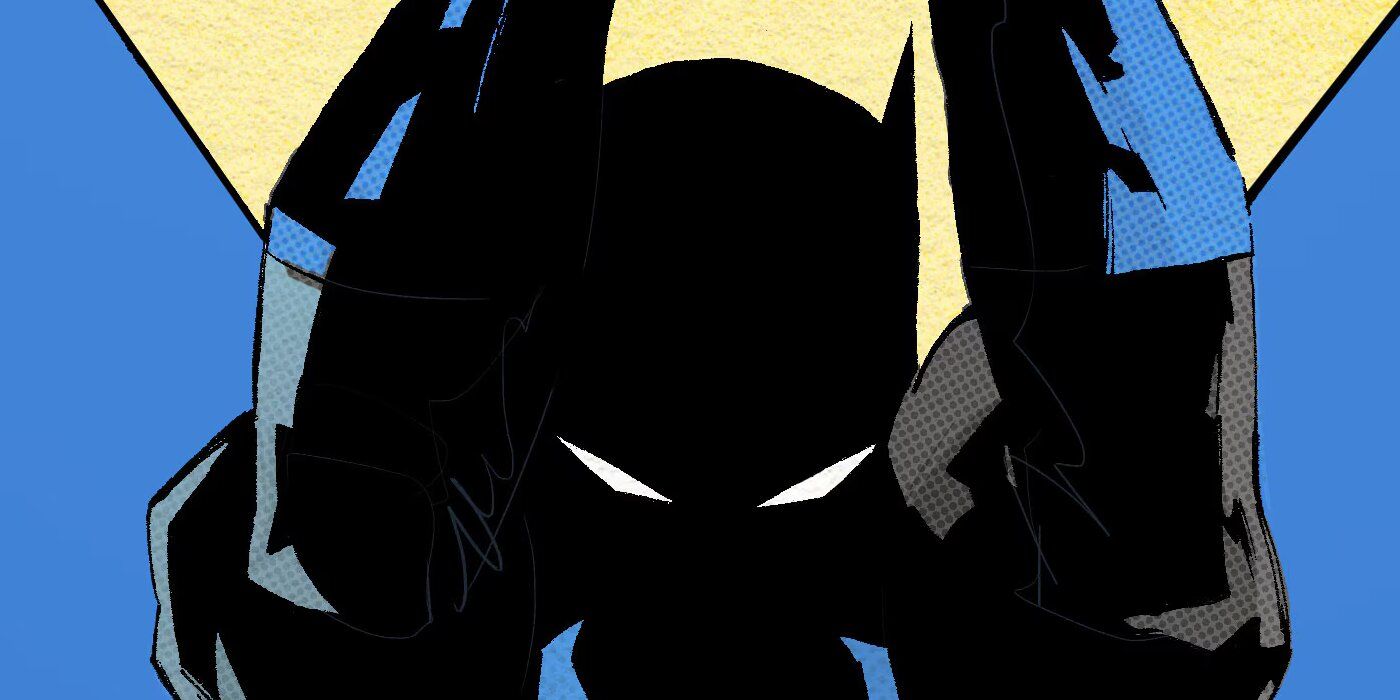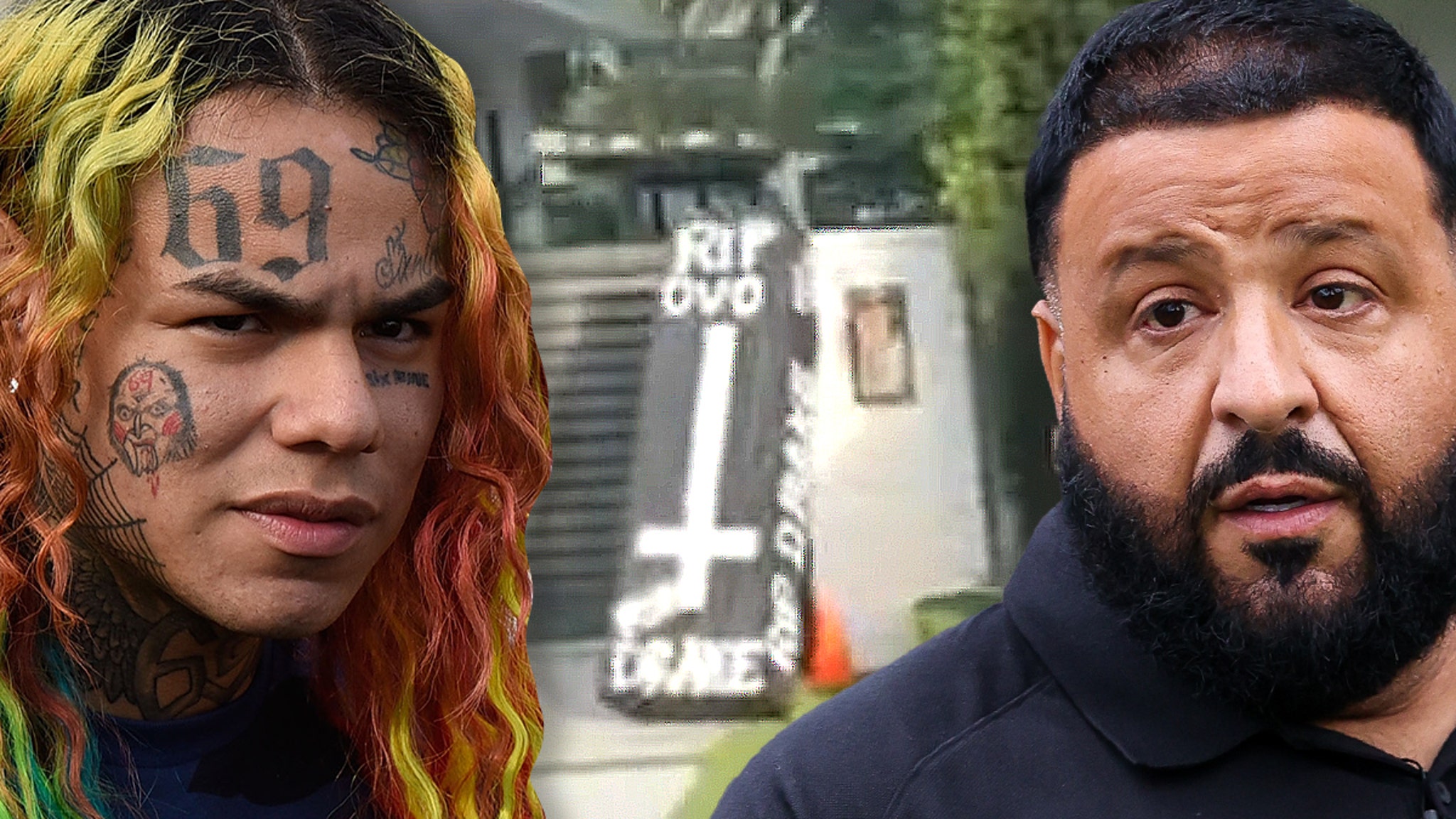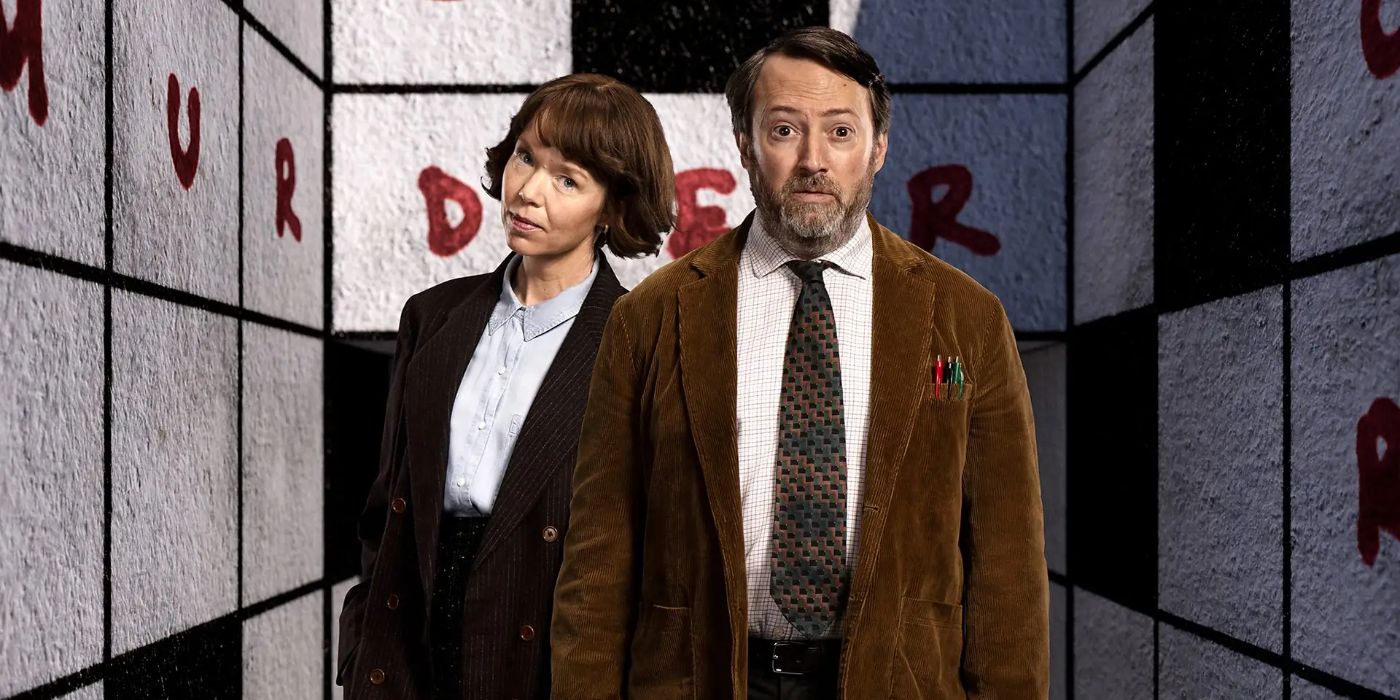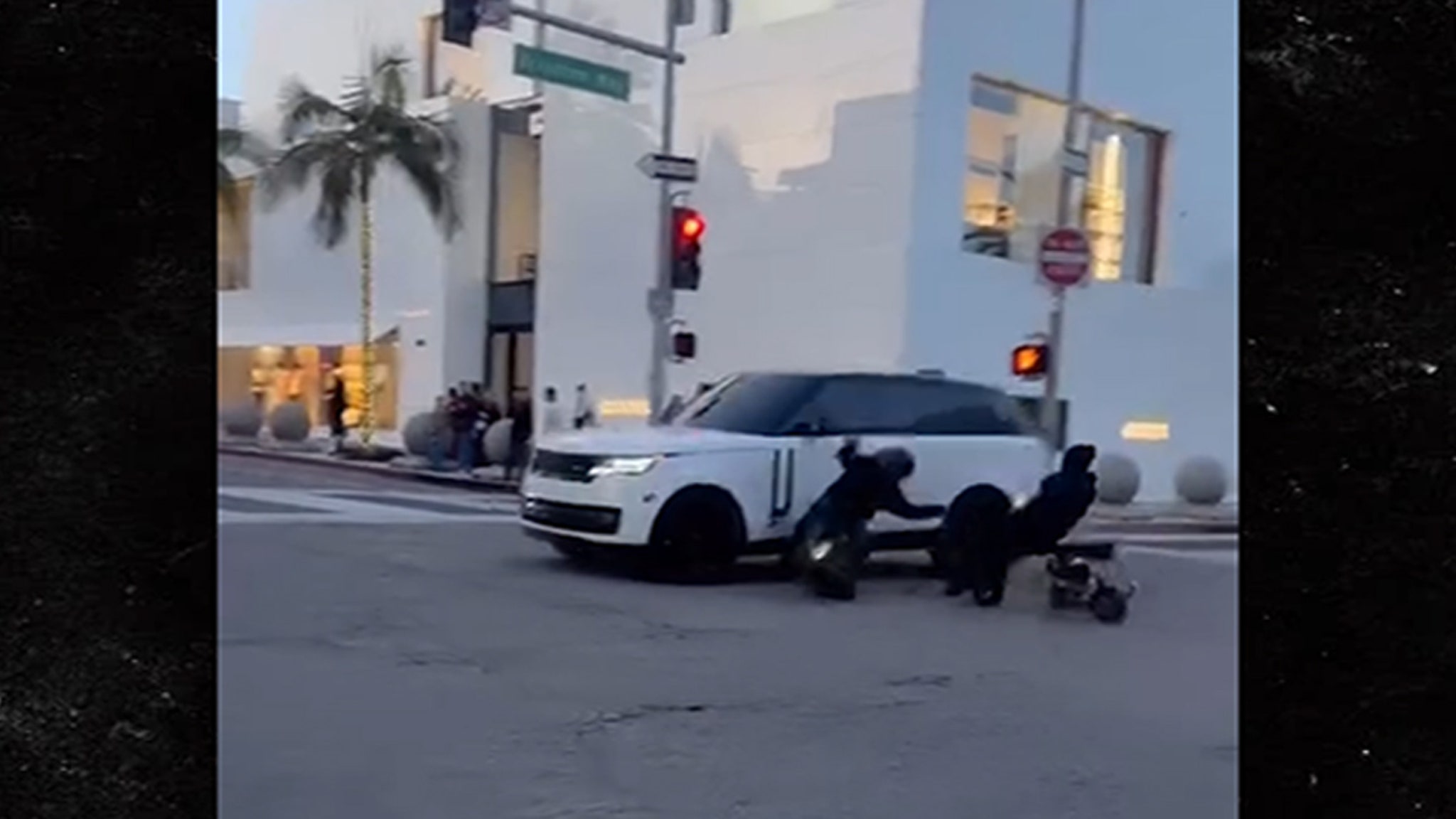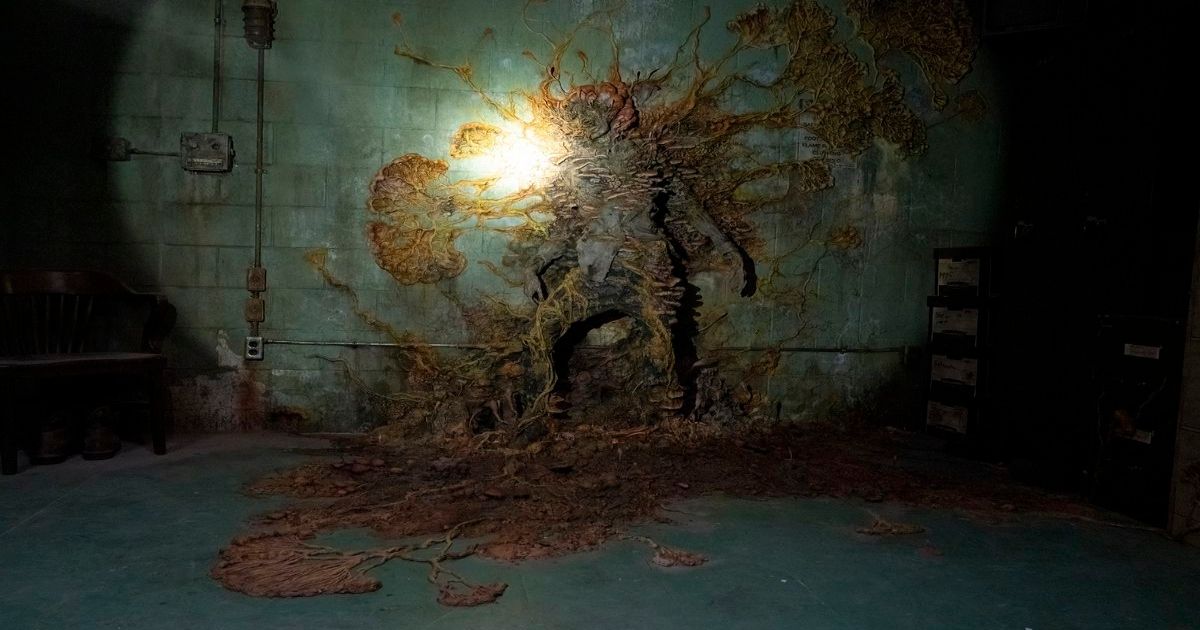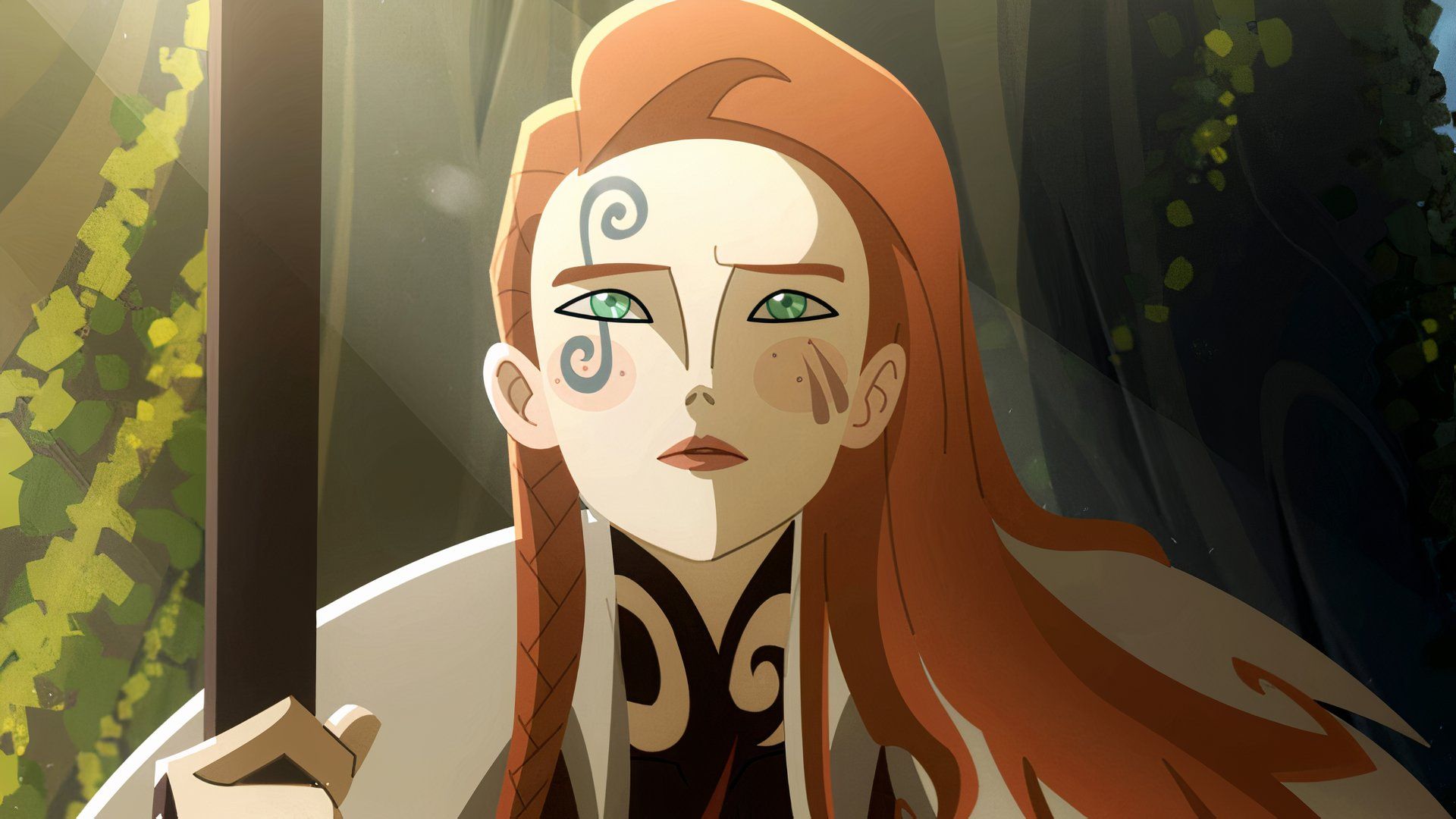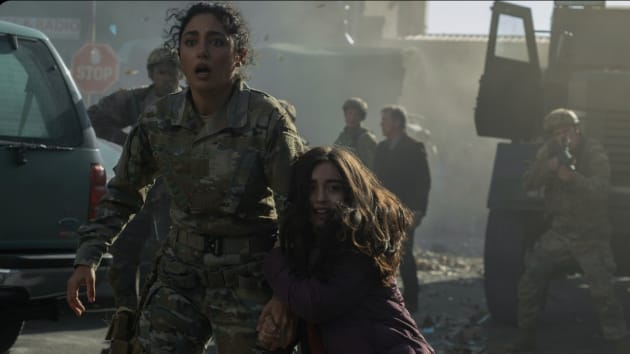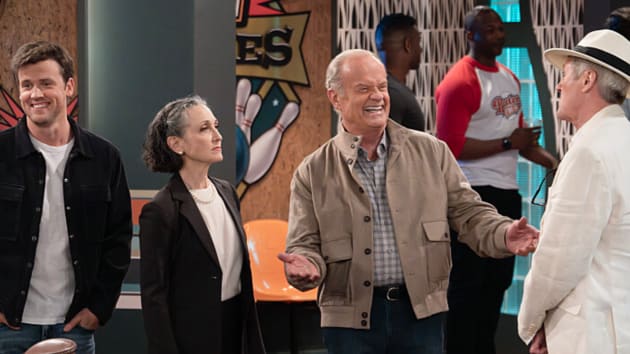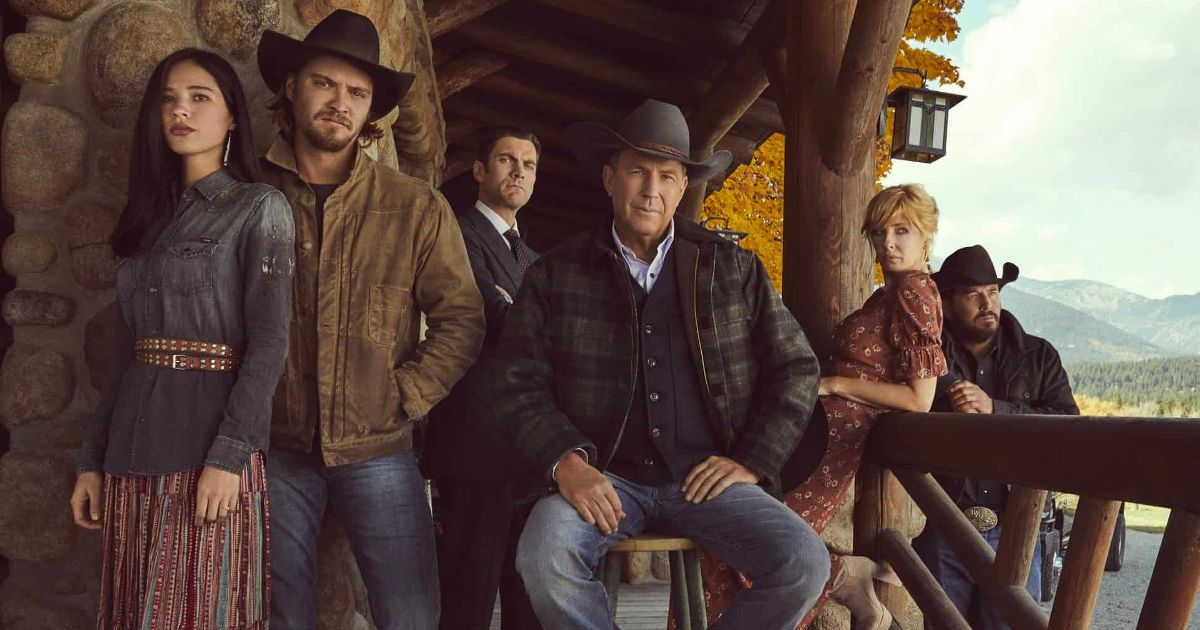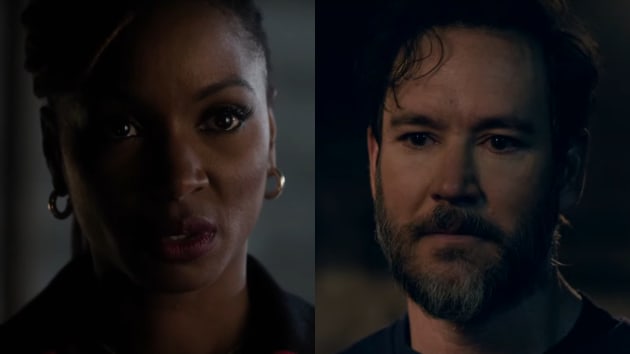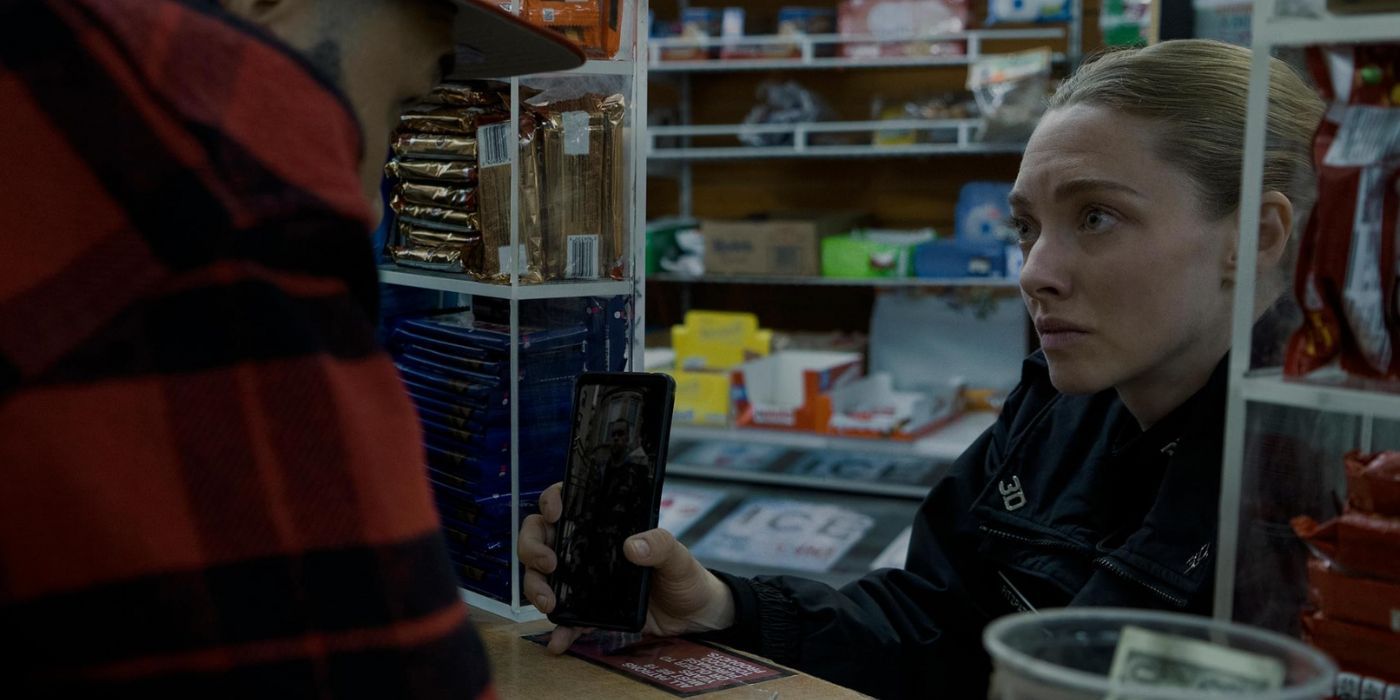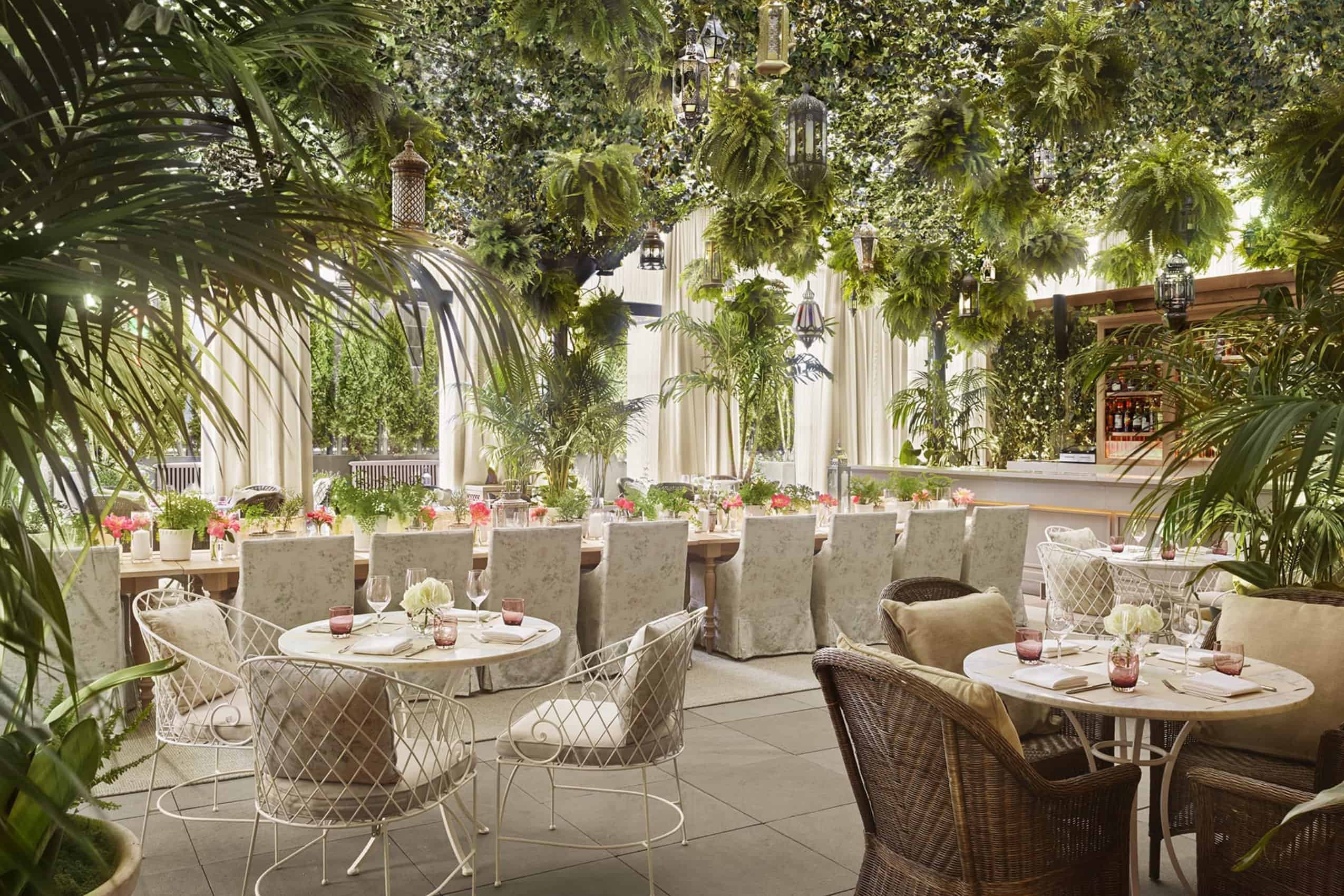The cinematographer behind the groundbreaking HBO series The Last of Us shared how other classic films influenced the show.
HBO
The following article contains spoilers for The Last of Us Episode 5 – “Endure and Survive”
So far, The Last of Us has proven itself to be a well-crafted masterpiece, which, more than anything, comes from the exceptional talent and intuition of the crew hired for the production, from co-directors Neil Druckmann and Craig Mazin all the way down. The tremendous quality of work has shown itself in each episode, and the most recent episode, “Endure and Survive,” has proven to be the utmost culmination of all that talent. Granted, we’re only halfway through the journey.
Nonetheless, fans have been taking apart the fifth episode piece by piece and analyzing, marveling, and discussing how those pieces brought together this monumental episode. Of course, Druckmann and Mazin have been more than happy to provide abundant insight via their official podcast. This time though, per a report from Variety, the show’s cinematographer added to further the discussion of how the scariest moments in “Endure and Survive” came to life.
Related: The Last of Us Directors Discuss Changing Sniper Scene from the Game
How Alien and Saving Private Ryan Influenced the Biggest Scene in the Episode
HBO
Cinematographer Eben Bolter revealed how he went about pulling visual inspiration for the episode’s climactic scene to draw out fear and tension from the infected monsters and the surrounding environment. In other words, what it would take to turn an otherwise ordinary suburban neighborhood into a literal hellscape in a matter of minutes. He mentions how he and the production team knew they wanted to use fire as a primary light source. For how to best incorporate this method of backlighting and how to reflect it properly off the stampeding infected, Bolter said they looked to none other than Ridley Scott’s Alien (1979) for the best inspiration.
“Our rationalizing was that maybe underground is oily and wet, so that’s why you get the shine. The Xenomorph from the Alien movies was a reference as to how light would reflect off of something, but also how you can use darkness to see enough that it’s terrifying.”
To further enhance the terror and chaos conveyed through the camera, the crew called back to Steven Spielberg’s WWII epic Saving Private Ryan (1998), specifically the famous first scene on the beach in Normandy. Bolter notes that the beach invasion didn’t require crane work whatsoever because the POV of the camera was essentially that of a fellow soldier scrambling after the main characters. The scene needed to remain almost suffocatingly grounded the entire time to visually convey how the soldiers were brutally pinned down by the enemy.
“Grounding it in reality, the scene feels like ‘Saving Private Ryan.’ You’re on the beach, and you’re not having to do slick crane moves — because that scene doesn’t need it.”
Yet drawing from that same notion of POV camerawork, the crane angle did work well for Bolter in The Last of Us, as rather than just for show, it referenced Joel’s point-of-view through the lens of his sniper rifle as he protects Ellie from a nearby vantage point. The technique allowed Bolter to show the scene just enough from above while still keeping much of it similarly grounded to entrap the audience as much as Ellie and the others.
Episode 6 of The Last of Us airs on Feb. 19 on HBO and HBO Max.
You can view the original article HERE.
